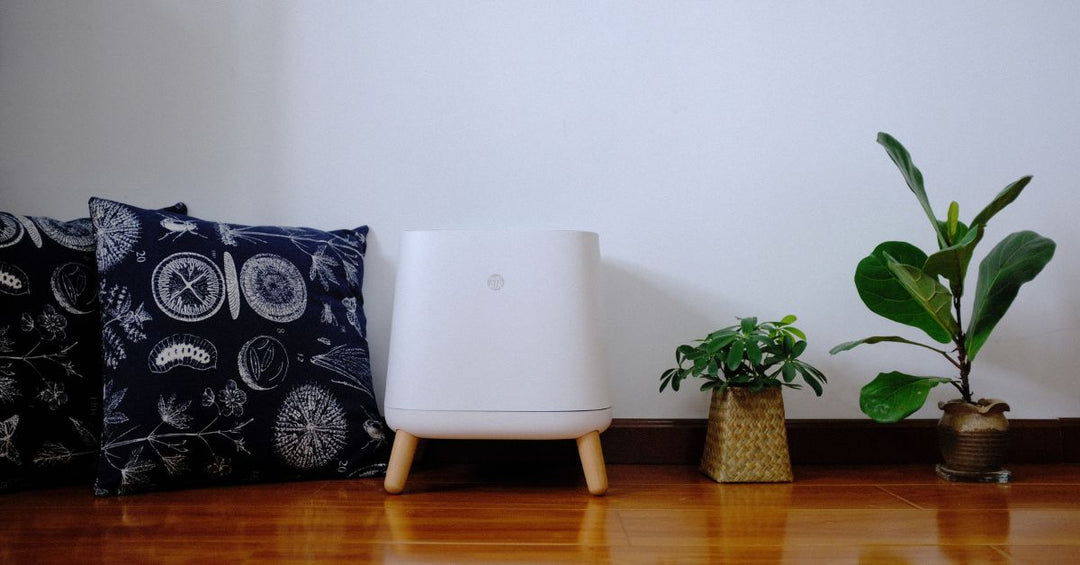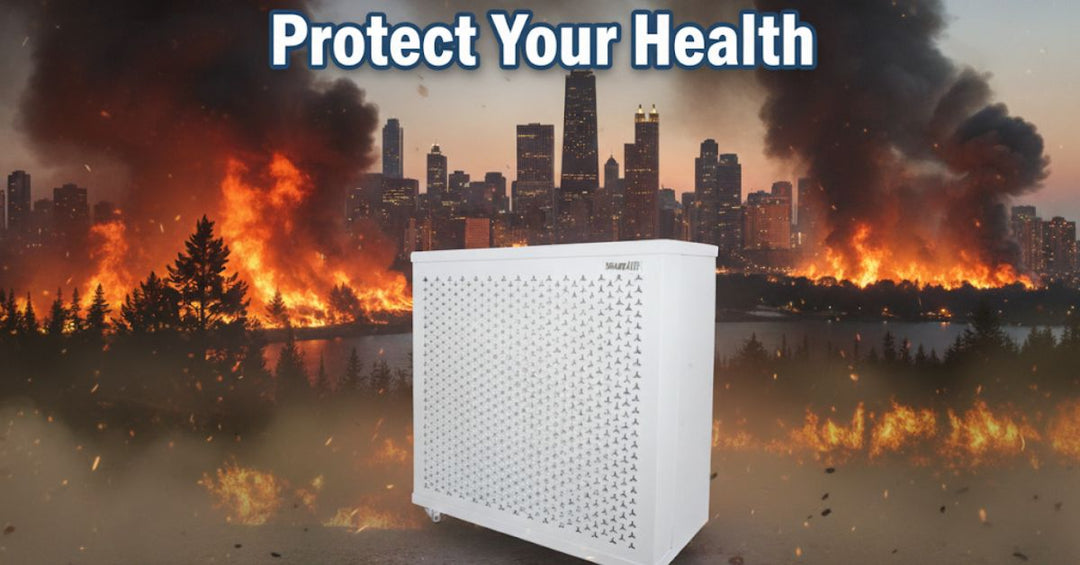How Accurate Are the QP PM2.5 Air Quality Monitors?
How Accurate Are the QP PM2.5 Air Quality Monitors?

PM2.5 air quality monitors used to cost thousands of dollars. But in recent years, there has been an explosion in lower-cost options such as the Qingping (QP) air quality monitors. So how reliable and accurate is a lower-cost air quality monitor at measuring PM2.5? Are the QP air quality monitors actually any good? Smart Air put the QP Pro and QP Lite air quality monitors to the test.
The QP Air Quality Monitors – At a Glance

The QP Pro (Qingping Air Quality Monitor) is a compact, portable air quality monitor that measures PM2.5, PM10, tVOC, CO2, temperature, and humidity. It has a large, touch-screen display which makes viewing indoor air quality at a glance quick and easy.

The QP Lite is a scaled-back version of the QP Pro, with all the same sensors except the tVOC sensor. It’s smaller and lighter than most air quality monitors, and boasts a really long battery life, upwards of 8 hours. Great for measuring air quality when you’re on the go.
Read more: What are tVOCs and are a tVOC sensors accurate? »
How We Tested the QP Air Quality Monitors
We placed both the QP Pro and QP Lite air quality monitors outside the Smart Air office in Beijing. That’s about 800 meters away from the government PM2.5 monitor at Dongcheng Dongsi. Over the course of 17 days, we recorded data from the two monitors along with the official government PM2.5 monitor. We also tested an additional monitor – the IQAir AirVisual – which came out on top in our previous round of air quality monitor tests, as well as the Laser Egg air quality monitor. However, there were problems collecting data from the Laser Egg – more on that later.

Test Results
After placing the QP Pro, QP Lite, IQAir AirVisual air quality monitors on the balcony outside for 17 days, we plotted the data against the nearest government monitor. According to the official government monitor, PM2.5 levels during the tests ranged from 6 to 60 micrograms.

Accuracy
All three monitors tested (QP Pro, QP Lite, AirVisual) had similar correlations relative to the government monitor. Below shows the correlation of each of the three monitors relative to the government monitor.

Average Deviation From Official Monitor
Although the correlations were all similar, the QP Pro readings were the closest to the official monitor. On average the QP Pro was 7.9 micrograms off, the QP Lite was 8.9 micrograms off, and the AirVisual was 10.8 micrograms off.

How do the QP (Qingping) air quality monitors compare to the Laser Egg and Laser Egg 2 monitors?
In our previous air quality monitor test, we also tested the Laser Egg air quality monitor, which came out just behind the AirVisual in terms of accuracy.
Impressive Accuracy Compared to Expensive Alternatives
The QP air quality monitors are more accurate than some of the most expensive air quality monitors on the market over 50-times the price. The under $200 QP monitors significantly outperformed the AQMesh ($7800), Naneos Partector ($7000), and Met One E-SAMPLER ($5500). Similar to the air purifier industry, a more expensive air quality monitor does not mean a better-performing monitor.
Data Caveats – Watch Out For Humidity
The accuracy of an air quality monitor can depend on a variety of external factors, including humidity and nearby sources of air pollution. It’s worth noting that our test location for this test was next to a busy ring round in Beijing. Pollution from cars may have affected the readings, and led to a lower correlation with the government data.

The outdoor humidity during these tests was approximately 65%. If the tests were to be done under the lower humidity levels more often seen indoors (30-50%), all the monitors would likely be even more accurate. This may explain why our previous tests showed an even higher correlation with the official government monitor (over 0.90, compared with 0.75 this time).
Open Data
As part of Smart Air’s belief in the importance of open data, all data collected is available free to download.




